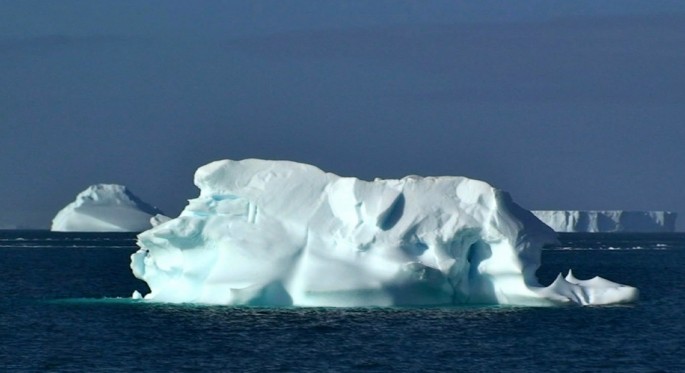Climatologists and geologists are extremely concerned about how Antarctica is losing its major ice masses and the overall condition of the entire frozen continent. Several glaciers have now disintegrated as large quantities of ice have already disappeared.
Not until six years ago, the Southern Antarctic Peninsula did not show any apparent change in the quantity of ice possessed by this ice sheet. However in 2009, satellite data revealed that a strip of glaciers that stretches some 470 miles are beginning to melt at an unprecedented rate that already lost 14.5 trillion gallons of water every year.
During this period, the total amount of water that was released into the ocean from this particular ice sheet equals to nearly 72 cubic miles or 350,000 times the total mass of the entire Empire State Building. This fast rate of melting ice sheets found in the Southern Antarctic Peninsula is the second largest source of Antarctic sea level rise.
According to Bert Wouters of the University of Bristol, this was really surprising since many glaciers concentrated in one region suddenly started to lose ice. This presents an immediate response from the ice sheet where in just a few years, the regime completely changed.
Data was collected and detected by the European Space Agency's CryoSat-2 satellite where researchers examined this current ice loss. The satellite scanned the region, flying above the surface of the Earth from 450 miles above, where the observatory transmits radar signals down the surface of the planet in order to obtain precise measurements of ice depth.
In a period of five years, ice levels have gone down, shrinking the ice sheets to 13 feet every year. According to Wouters, sometime around 2009, the ice shelf thinning along with the melting of the subsurface of these glaciers have both triggered a tremendous ice loss.
However, among the other regions in Antarctica, the Southern Peninsula is apparently understudied since it did not exhibit any changes in the past.
According to this new data, the rapid melting and changes that appear on the peninsula cannot be explained by temperature changes found in the atmosphere or snowfall rate. Researchers believe that this ice sheet loss is caused by rising temperatures in the Southern Ocean in the Antarctic region.
This study is published in the journal, Science.



























